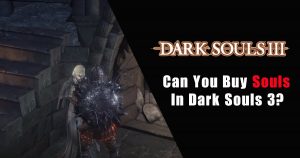Along with a myriad of other enhancements to traditional MMO systems like combat and crafting, can require a bit of a learning curve for players who have cut their teeth on the traditional MMORPG model. The basic elements of the game – WASD movement, talking to NPCs, fighting monsters – will be familiar to most, but understanding how ArenaNet wants you to play the game requires a bit of a paradigm shift. If you’re continuously trying to find the next NPC questgiver while settling into a static skill rotation as you grind mobs, you’re probably not liking the game very much. Guild Wars 2 requires, and in some cases, demands that you put aside your usual method of tackling PvE content and instead participate in regional events and explore Tyria to gain XP and rewards.
I mention the paradigm shift required by Guild Wars 2’s PvE because it is a stark counterpoint to the familiarity found in the game’s structured PvP. Whereas the PvE areas, and to some extent, WvW combat require you to play the game differently than you would other MMOs, long-time player-vs-player enthusiasts will feel instantly at home in sPvP. In sPvP, you don’t have to explore expansive regions in search of points of interest, cinematic vistas, and waypoints while completing tasks for renown NPCs, participating in events, and taking on skill challenges. You just have to learn to play your class, understand the layout and mechanics of the game’s five sPvP maps, and coordinate your efforts with that of your team to punch other players in the face and control objectives. It’s straightforward, crunchy, rinse-and-repeat PvP, with trappings that will be familiar to most players, but with enough depth and addictiveness to give it that one-more-match appeal.



